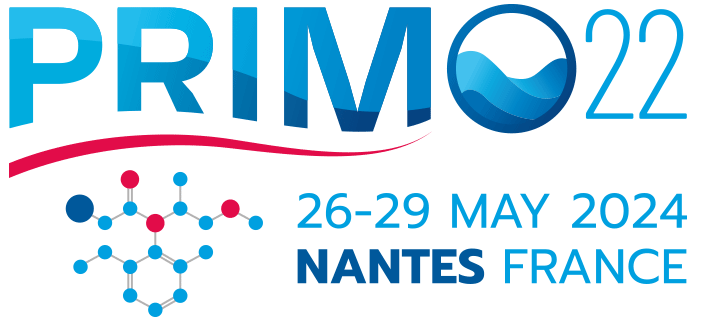Understanding how climate drivers, such as ocean warming, ocean deoxygenation, changes in circulation, ocean acidification, and extreme events interact with pollutants and can modify the fate, transport, speciation, bioavailability and toxicity of chemical contaminants.
Getting the most complete view of environmental chemical pollution/contamination thanks to Non-target Screening (NTS) and other complementary approaches such as Effect-Directed Analysis (EDA).
Focus on novel techniques (e.g metal isotopes analysis) to identify pollutant/contaminant sources and better understand the transfer of parent compounds and their degradation/biotransformation products between environmental matrices and biota.
In silico approaches, and in vitro assays including high-throughput (multi-omics) and high-content techniques.
Presence, fate and toxic effects of nanoparticles and micro and nanoplastics in the marine environment considering both physical and chemical (additives, adsorbed chemicals, degradation metabolites) interactions with biota.
Impacts of RME technologies on marine organisms (stress associated to wind farm implantation and operation: chemicals, noise, etc.).
Biotic transformation of pollutants in aquatic organisms, investigating MoA.
Methodology to assess mixture effects of chemical pollutants and results concerning toxic interactions among environmental pollutants, the link with chemical risk assessment.
How to summarize information about biological interactions and toxicity mechanisms into conceptual models that describe how exposure to a substance or a group of substances might cause illness or injury. Models describe the sequence of molecular and cellular events required to produce a known toxic effect.
Field studies, methodology to integrate both chemical and biological data (biomarker responses). The link with reglementary (e.g MSFD D8 in Europe) and national and international surveys.
Adverse effects of environmental pollution on aquaculture. How aquaculture practices can also lead to the discharge of chemical pollutants in the marine environment (e.g pesticides, antibiotics, etc.).
Microbial communities are involved in biogeochemical processes including those involved in the degradation of environmental pollutants. Some of them are also primary producers playing a key role in marine food web and oxygen production. By sucking up carbon dioxide they also have an important role in climate regulation. Some others constitute the microbiome of the organisms playing a crucial role in their physiology, adaptation and health. How chemical pollution can affect the diversity and functions of microbial communities is so of paramount importance to better assess the impact of chemical pollution on marine ecosystems.
This session deals with long-term exposure effects to chemical pollutants, including epigenetics changes. Exposure can consider the entire lifespan of an organism but can also be conducted on a multi and transgenerational scale. Responses to chemical stress can be studied on both the phenotype and genotype of the organisms.
Effects of chemical pollution on hormone biosynthesis, transport and metabolism resulting in an impairment of normal homeostatic control of reproduction. It also includes effects on the stimulation of the nervous system cells involved in the release of hormones into the blood.
